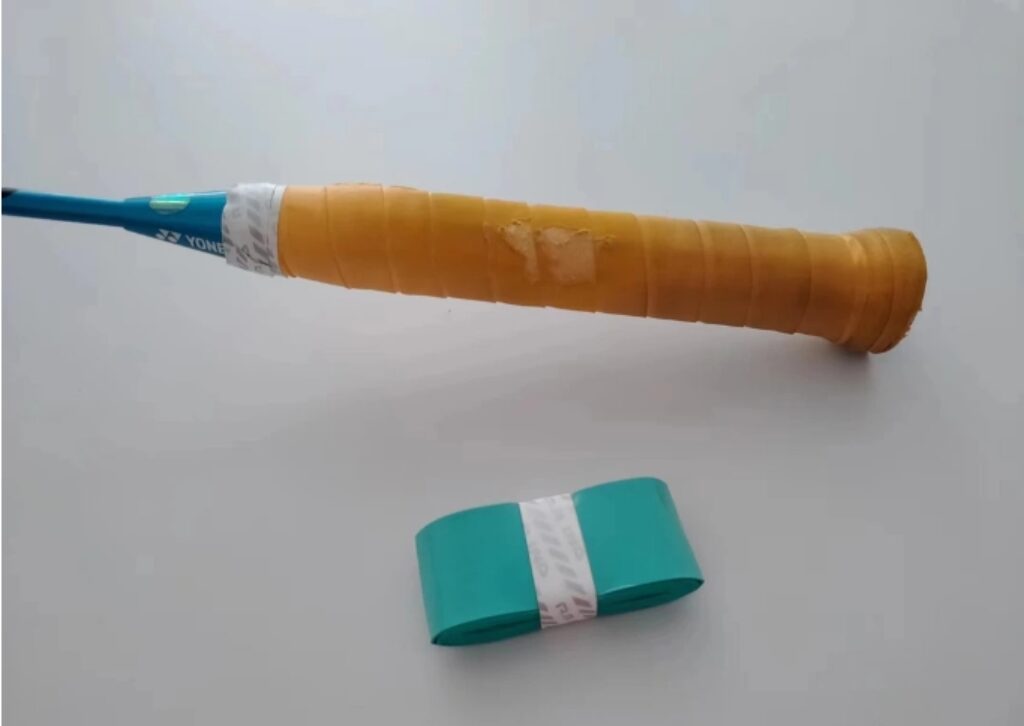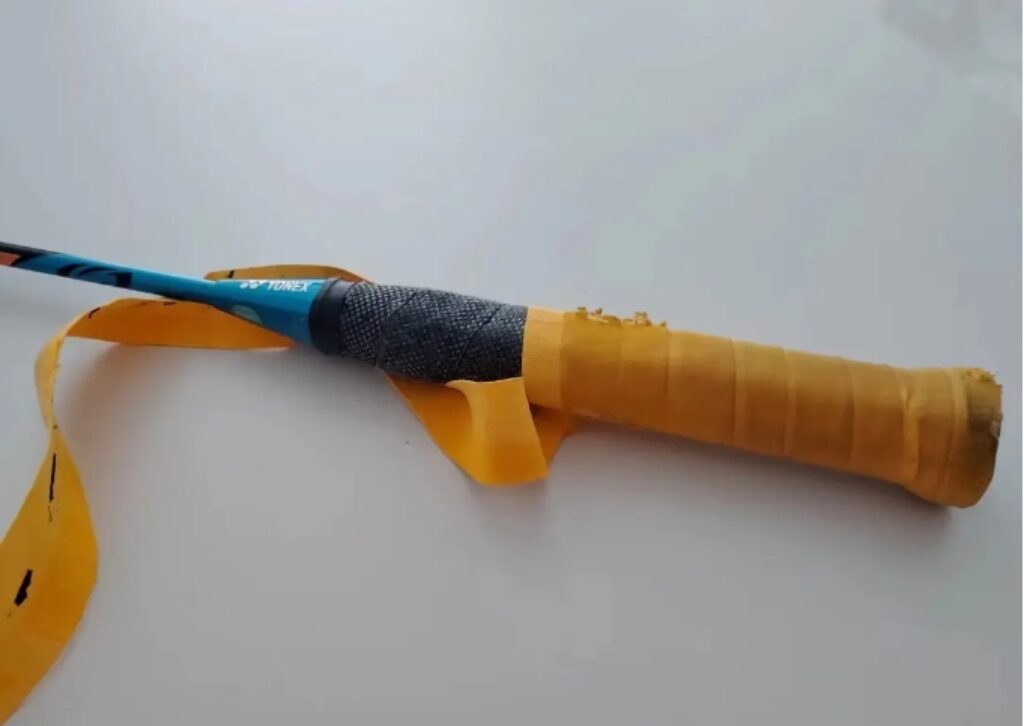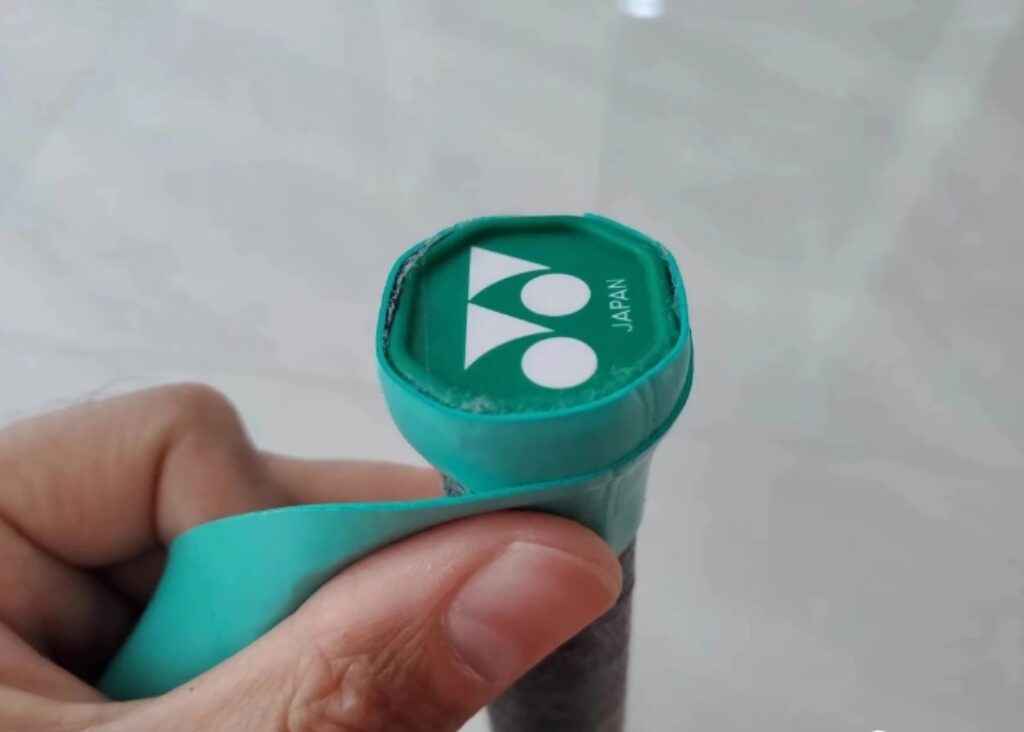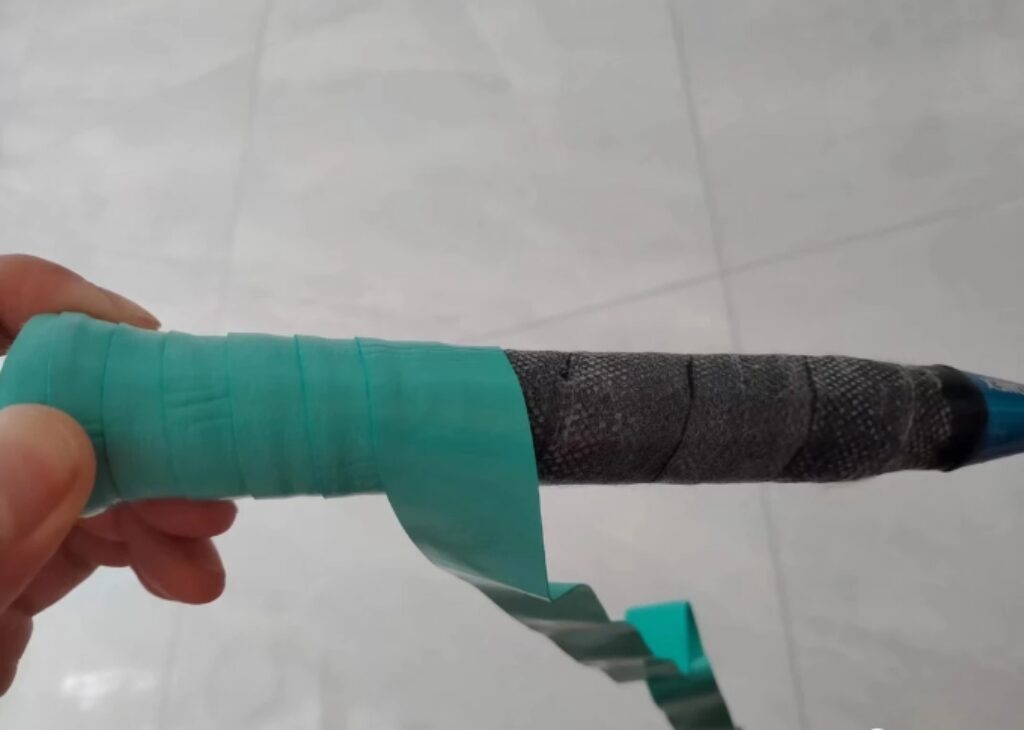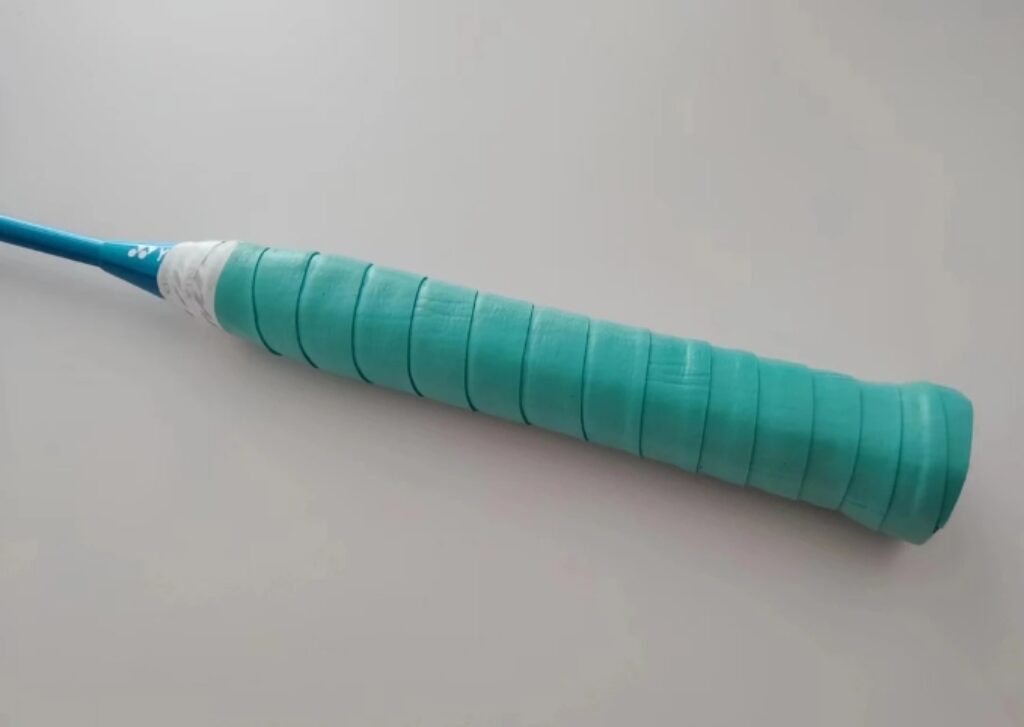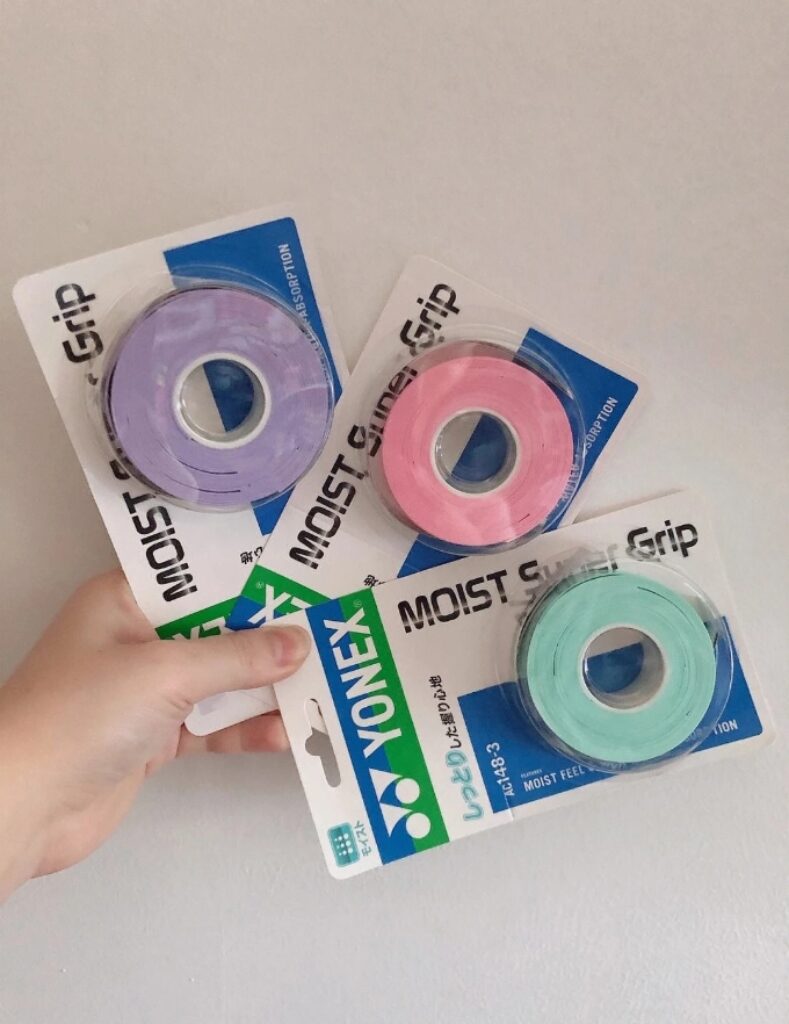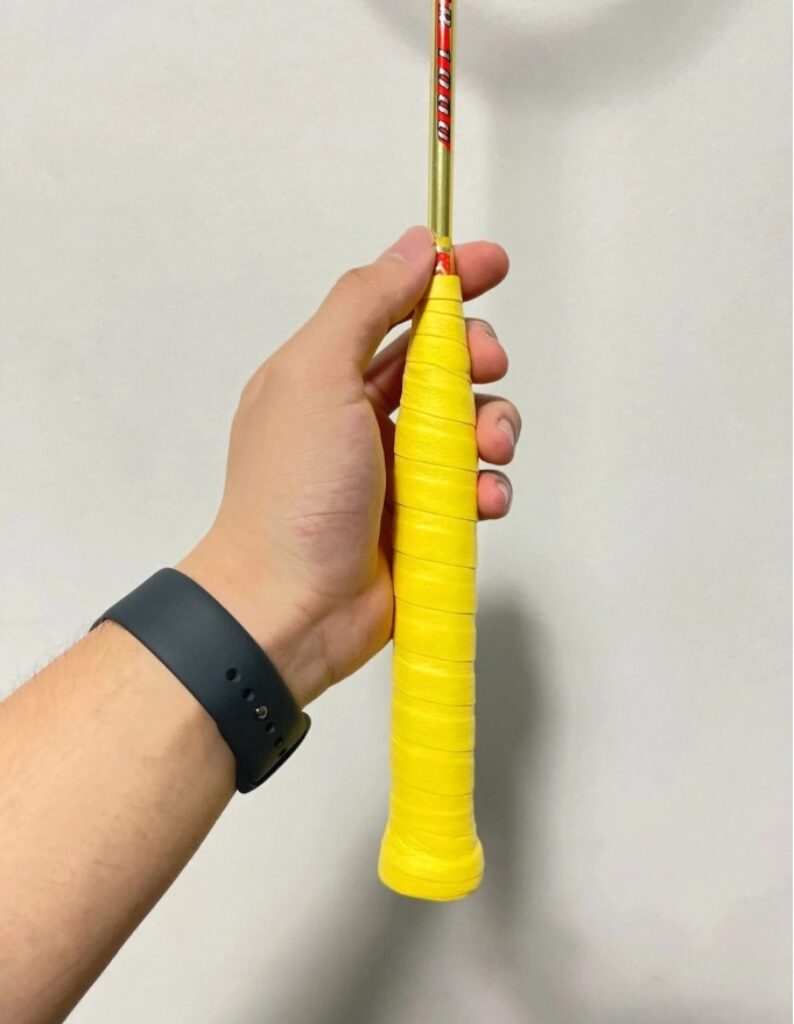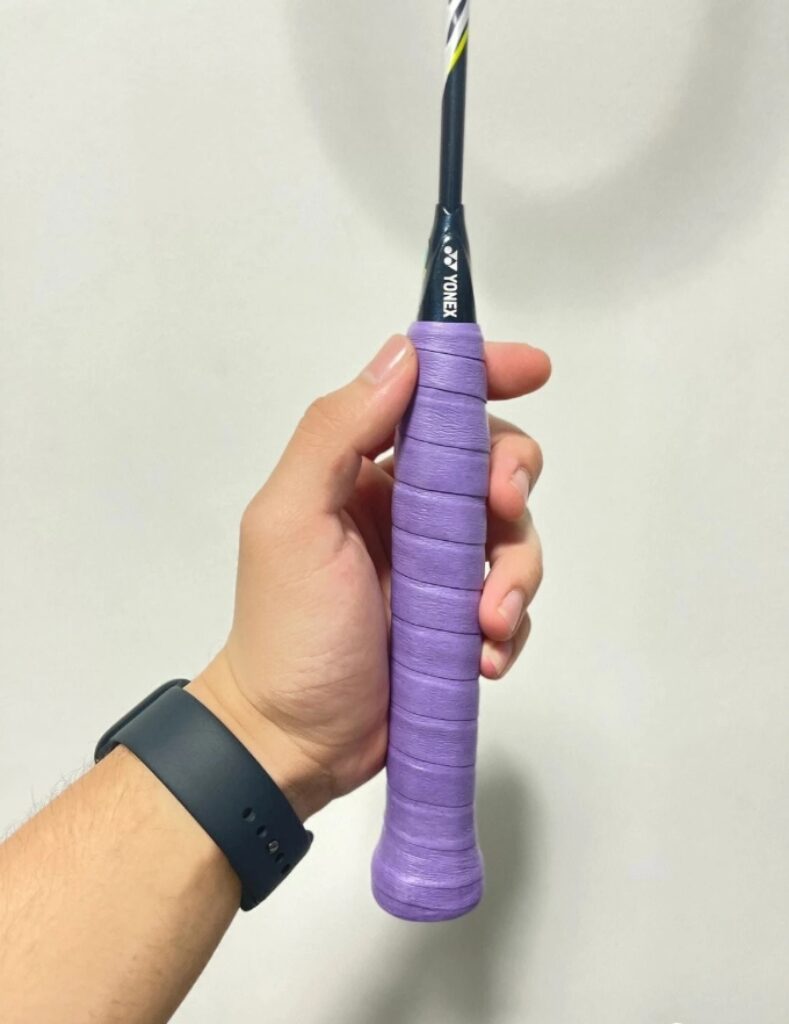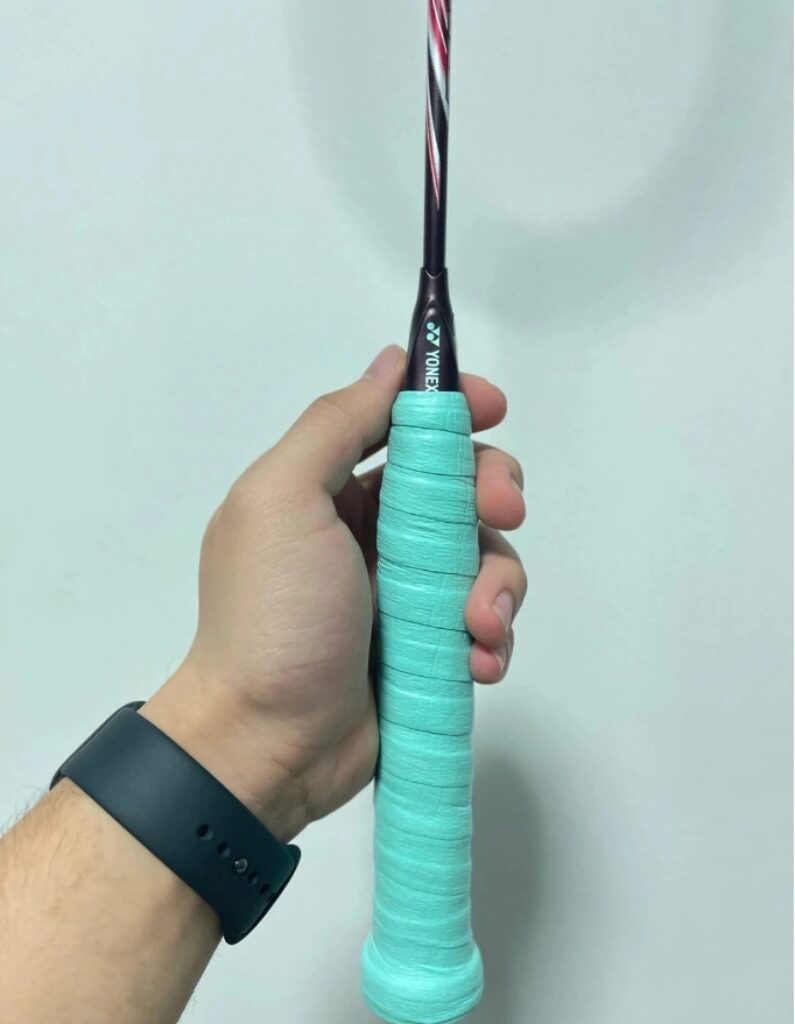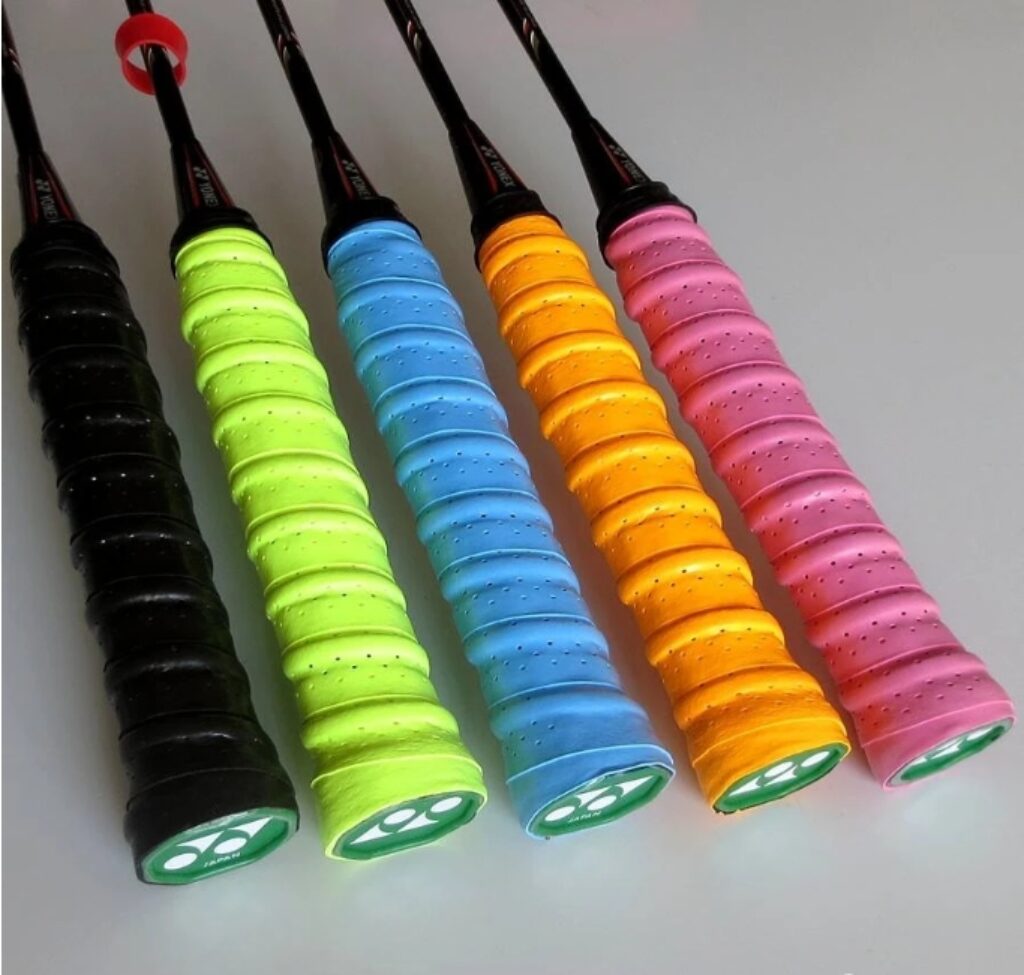Badminton is a sport loved by many. From casually buying rackets and finding an outdoor space to play, to learning the correct grip or developing a passion for the sport, people start choosing suitable rackets and learning about racket parameters, not just limited to weight, but also balance points, shaft stiffness, and more. They begin recognizing professional badminton players, watching various matches, and learning techniques through videos. During this process, it becomes clear that besides the racket, many essential pieces of equipment are needed. This article mainly discusses knowledge related to badminton, excluding shuttlecocks.
Characteristics of Badminton
Badminton is a widely popular sport with diverse levels of play, offering physical exercise, competition, and opportunities to make friends.
1.Why is it said to be widely popular?
Badminton is suitable for a broad range of people—men and women, young and old, tall and short, heavy and light, everyone can play. The minimum equipment requirements are low; even a racket costing just a few dozen yuan is sufficient. The minimum court requirements are also low, whether it’s a professional indoor court with wooden floors, an open square, or a small space in your neighborhood. It can be played anytime, anywhere, by anyone.
2.Why is there a wide range of skill levels?
Simply returning the shuttlecock counts as playing badminton. Whether it’s basic rallying or performing smashes and drop shots, even competing in tournaments, it’s all considered badminton. Playing in the park is called badminton, and playing at the Olympics, like Lin Dan, is also badminton.
3.Why does it provide physical exercise?
Badminton involves a lot of physical effort, especially in singles where each shot must be chased down. Doubles might be slightly easier since you can rely on a partner. The sport is full of quick stops, starts, forward and backward movement, direction changes, jumps, lunges, and smashes, constantly consuming energy. It’s a combination of aerobic and anaerobic exercise. At the same skill level, matches often turn into a test of endurance and willpower, not just technique. That’s why badminton is considered one of the most physically demanding racket sports.
4.Why does it offer a sense of competition?
Badminton is a net-based sport where players compete to hit shots that their opponent can’t return, aiming to score and win.
5.Why does it help build social connections?
People who enjoy sports tend to be outgoing, and sharing a common passion for badminton creates opportunities for bonding and conversation.
Badminton Racket
When it comes to choosing a badminton racket, there are numerous factors to consider, such as weight, handle thickness, balance point, shaft stiffness, and frame type, all based on personal preference. My personal experience in buying rackets is that they should be light—if there’s a 5U option, I won’t go for a 4U, and I avoid 3U altogether.
The most important factor when selecting a racket is your budget. Spend within your means, and if your budget doesn’t allow for a high-end racket, avoid buying so-called premium replicas, high-quality knockoffs, or second-hand rackets that you can’t verify. You might end up spending money on something whose value is unclear. There are many excellent beginner-friendly rackets available. In the past, I used to recommend the Li-Ning WS72, but it’s no longer as appealing. Now, I recommend models like the “Balanced Blade” or “Little Hammer,” which are affordable and highly functional, much better than spending on overpriced options.
Badminton Shoes
A racket allows you to engage in the sport, but shoes are the most critical piece of equipment. While how others choose to play is their decision, as a responsible person, I can’t help but recommend wearing proper badminton shoes if I see someone without them. If someone asks for my recommendation, I always suggest buying the best shoes they can afford.
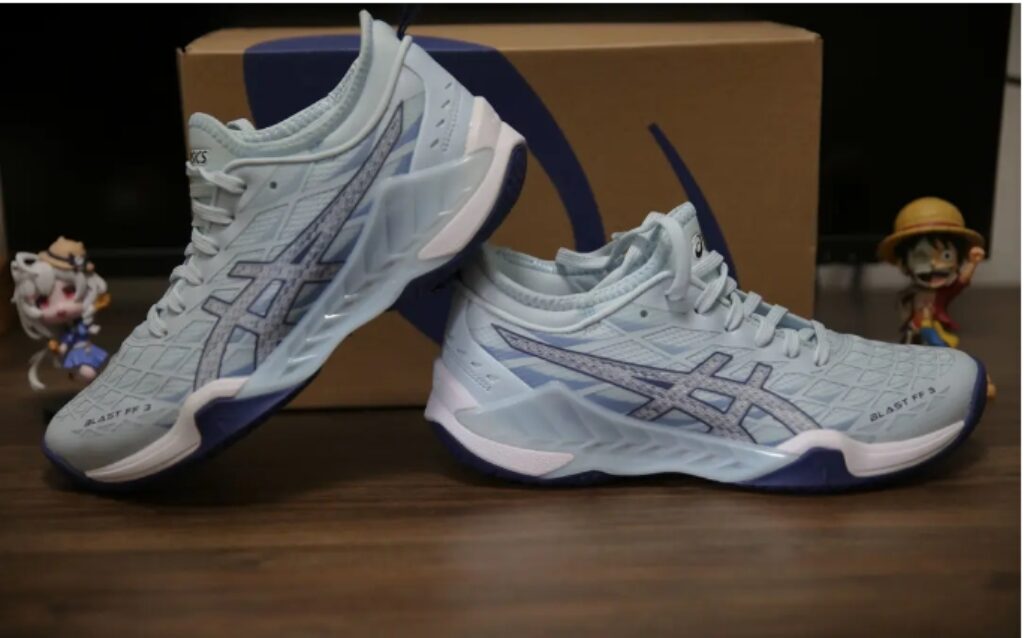
Choosing badminton shoes is a process of finding what works best for you. A good pair of shoes should provide support, cushioning, torsion resistance, grip, durability, and breathability, all tailored to the individual. For most amateur players, cushioning and torsion resistance are the primary concerns. Speed is less important, while preventing injuries is crucial.
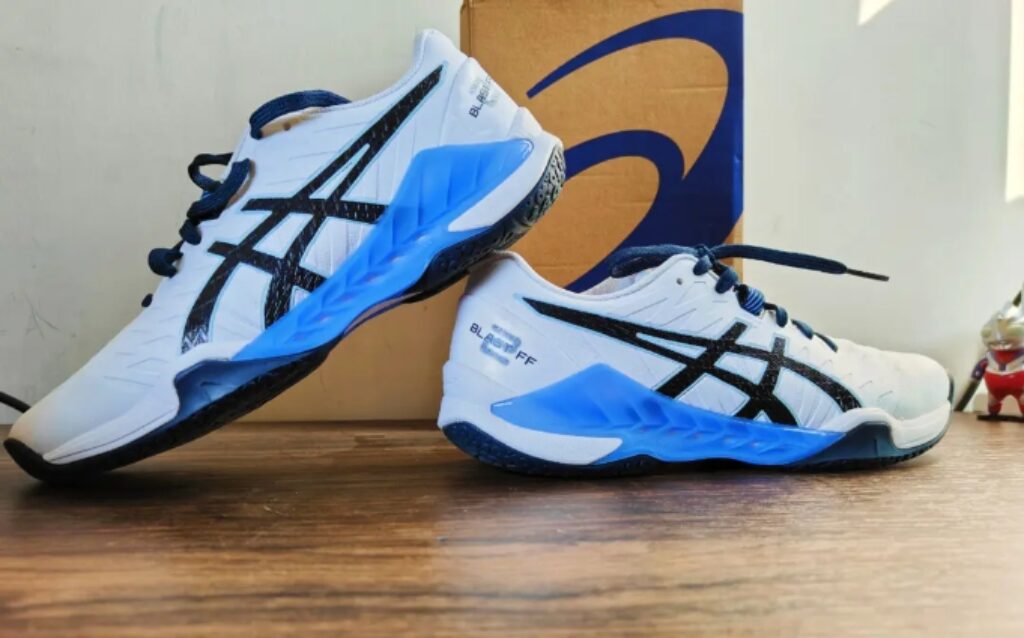
One tip is to invest in specialized insoles, replacing the standard ones. Don’t rely on the original insoles being great—try buying a pair of replacement insoles and see how they feel. However, be mindful of changes in balance when using them for the first time.

Badminton Clothing
The primary function of badminton clothing is to wick away sweat and moisture during play, typically through quick-dry materials like polyester and spandex. If you’re unsure about what to buy, you can’t go wrong with official tournament apparel. This not only saves you from decision fatigue but also lets you support your favorite players, making it a win on multiple fronts. Other factors to consider include comfort and features like odor resistance. For casual players, where intensity isn’t too high, it’s more economical to buy clothes on sale or regular quick-dry shirts. Bringing extra shirts to change frequently can also keep sweat from being an issue.
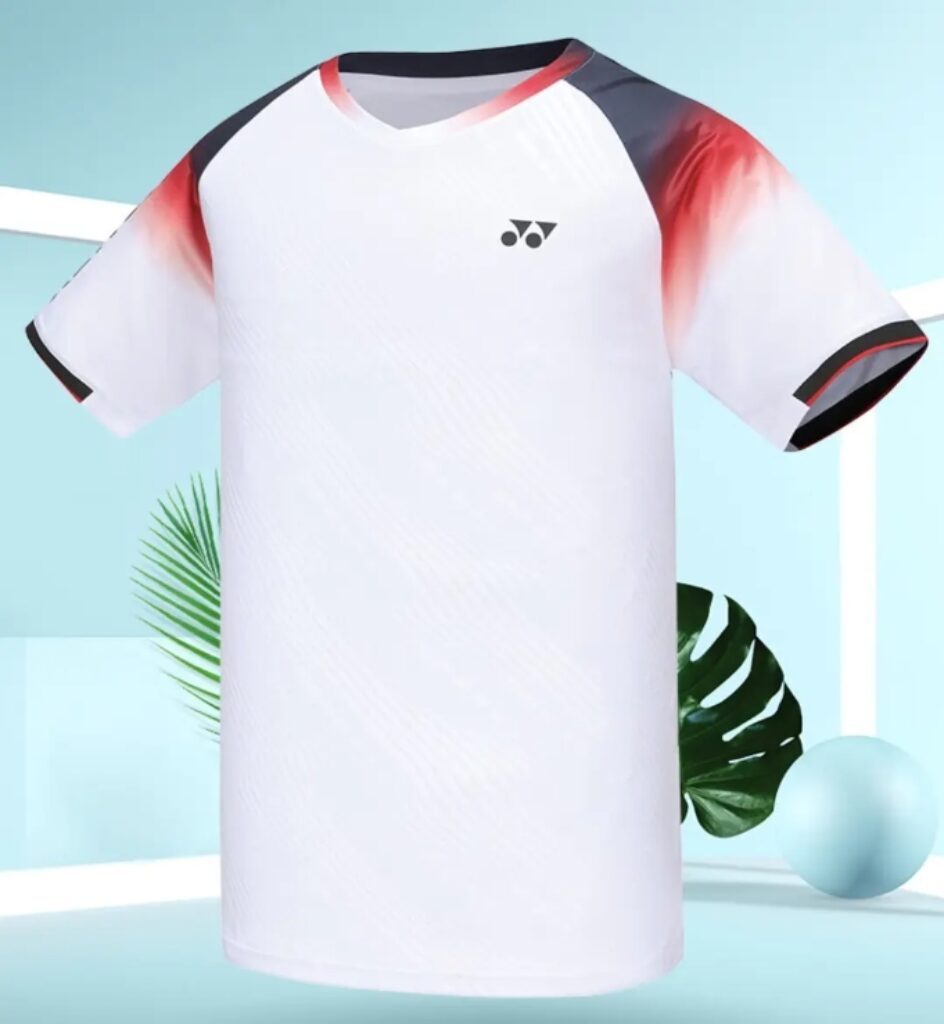
Badminton Socks
Many people overlook the importance of socks and think any pair will do, but that’s a mistake. Badminton socks, also known as towel socks, are different from regular ones. They’re often thickened in certain areas to provide better cushioning, reduce friction, and improve grip, which helps protect your feet during rapid starts and stops. There are plenty of brands to choose from, such as Yonex, Li-Ning, and Victor, or even some lesser-known ones.
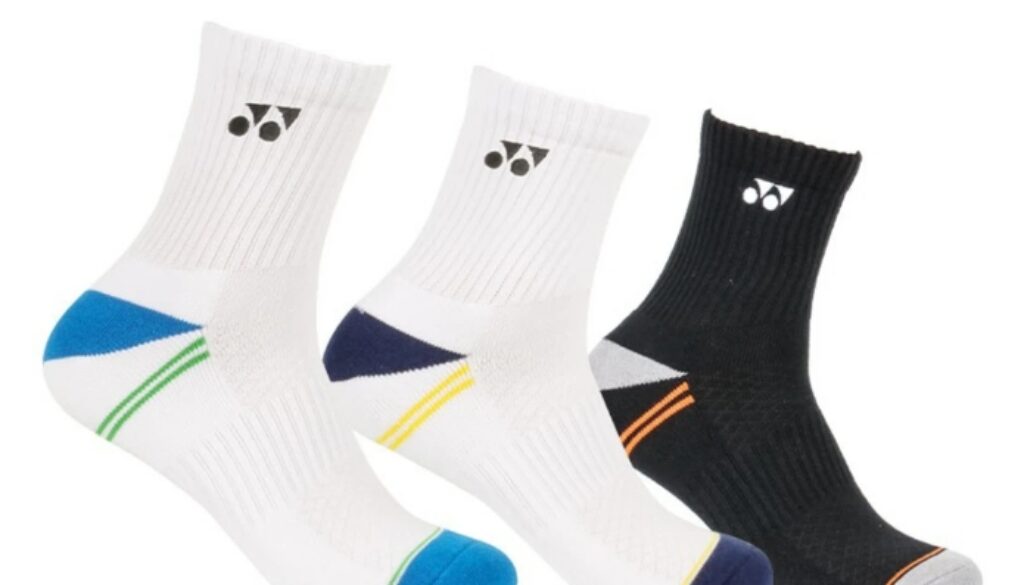
Sweatbands
Sweatbands are among the most frequently replaced items in badminton, yet they are often neglected. It’s not just beginners—even seasoned players who’ve been at it for years sometimes don’t bother replacing them. I’ve seen players whose sweatbands have turned black, smell bad, or even start shedding powder, yet they keep using them.
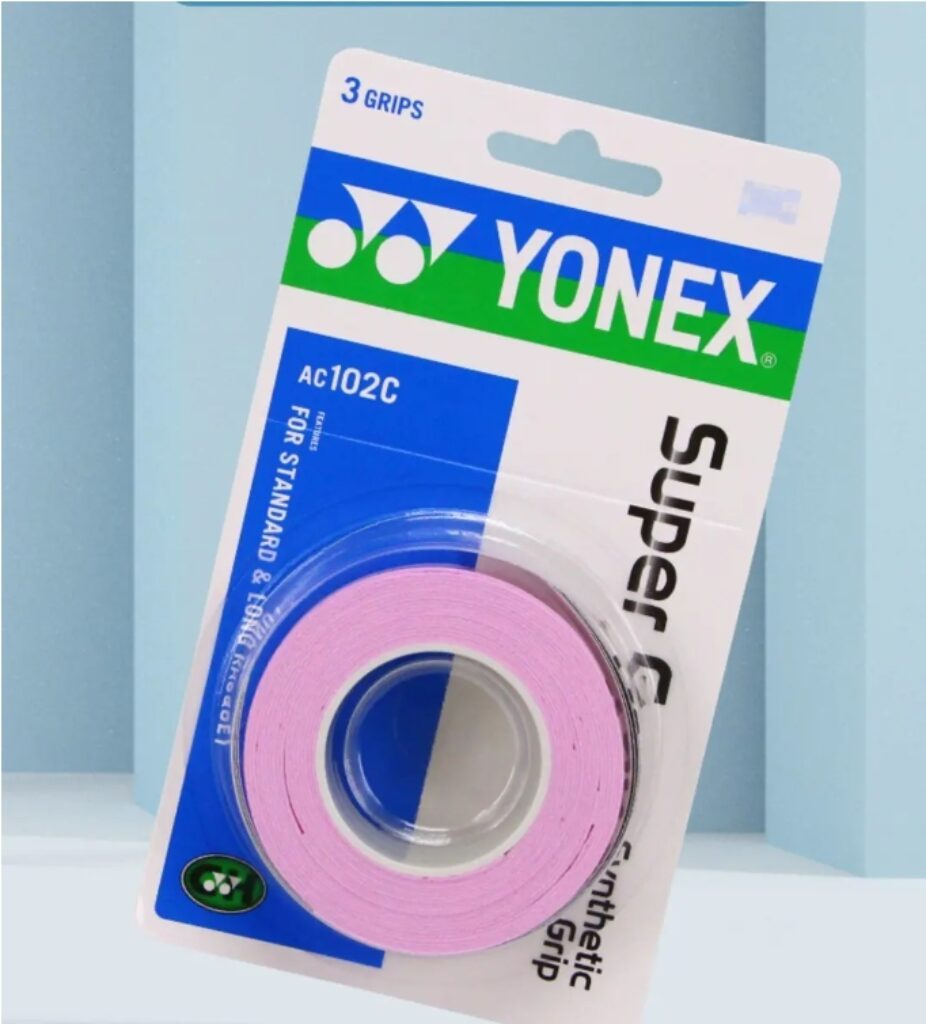
Sweatbands are purchased separately and wrapped around the racket handle to improve grip and help you generate power. Popular types include ribbed grips, towel grips, and thin grips (PU sweatbands). A good sweatband will help you grip the racket better and apply more power. While Yonex grips can be expensive, other brands like Pro’s Pro offer more affordable options with good quality.
Strings
Strings are the soul of a badminton racket. Different strings offer different benefits—some have high elasticity, some sound great, and others are highly durable. The string tension also affects the feel of the shot. It’s important to note that strings wear out and can break, especially if hit improperly or during cold, dry winter weather.
The higher the tension, the less elastic the string is, allowing for more precise control of the shuttle. However, this requires more power from the player. Finding the right tension is a personal process. While recommendations are helpful, it’s best to experiment with different tensions yourself. Badminton is a long journey—start with an initial tension, adjust when the strings break, and after a few tries, you’ll find the tension that works best for you.


